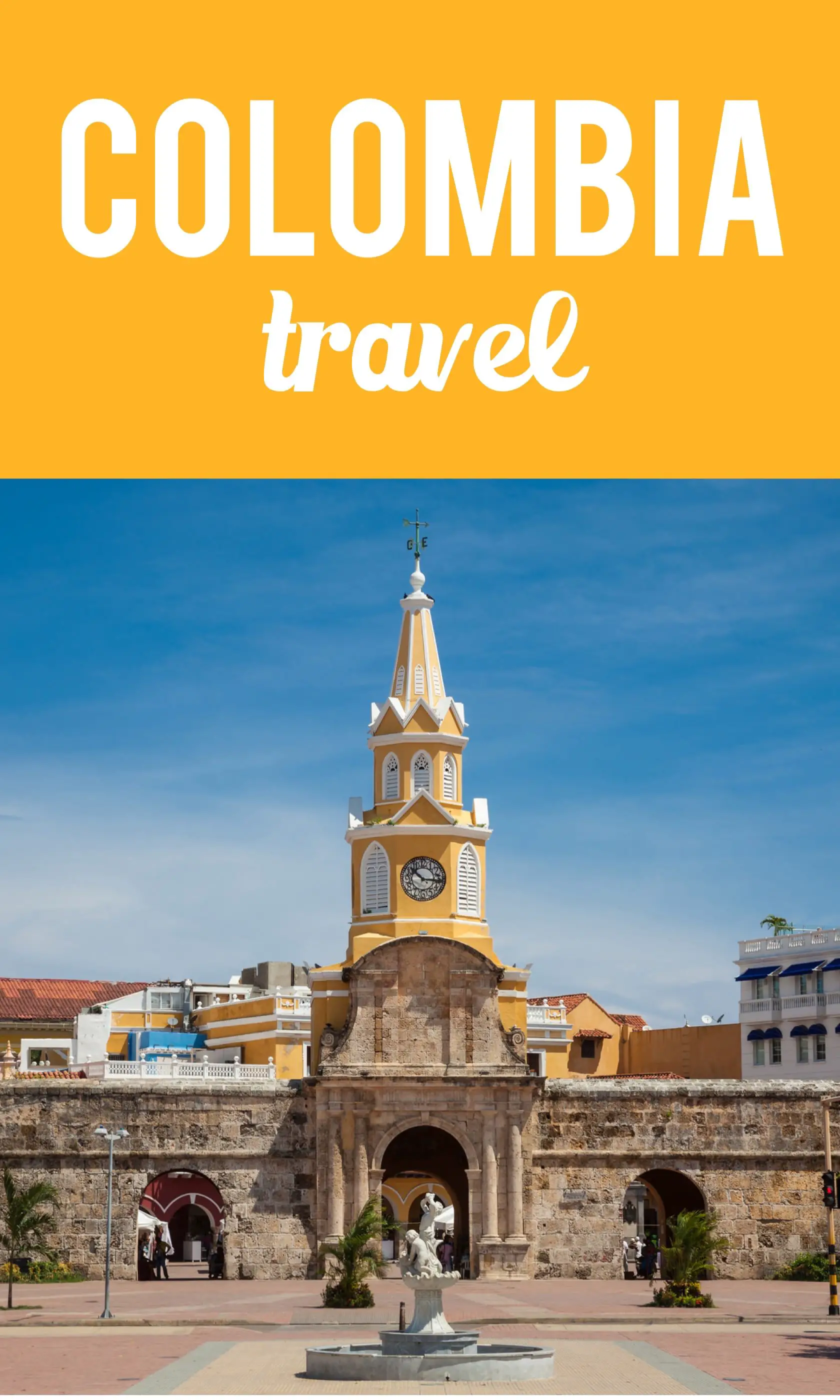
After years of being closed off by internal conflict and drug-related crime, Colombia is now South America’s rising star of the travel scene. With the security situation having improved dramatically, even many Colombians are just starting to discover their own country for the first time. And what a country it is.
Colombia has a reputation for something other than the clichés of cocaine and kidnapping: serious partying. So if you really want to know what Colombia is all about, set aside the tick-list of locations and hit the festival trail.
Colombians celebrate everything from donkeys to jeeps, and such events invariably end up with people drinking, dancing, and competing to spray as much canned foam as possible on the people around them.
These festivals are also a great way to get a handle on the country’s diverse culture: as a result of its history of colonialism and slavery, Colombia has a mesmerising blend of European, African and indigenous influences, clearly evident in the racial mix of its people, and in their music and dance.
It’s also a country of staggering and varied natural beauty. The Andes plunder their way up through the heart of the country, giving plenty of opportunities for trekking, adventure tourism, or just kicking back in beautiful colonial-style towns and villages. There are coastlines to tempt you on both the Pacific and the Caribbean side, though the latter is the one that’s safer and more accessible. There’s even access to the Amazon via the remote jungle town of Leticia.
Is Colombia safe?
The security situation in Colombia is much better than it was just ten years ago, with kidnappings down to a fraction of their peak in 2000, but some areas are still not considered secure. Street crime is also still commonplace in Colombia. Make sure you know which parts of the city are okay to visit, keep an awareness of your surroundings, and heed the advice of locals.
Don’t dar papaya (to ‘give papaya’ is to be blatant about your possessions), never leave your drinks unattended and take special care at festivals.
Getting to and from Colombia
Colombia is well served by international flights. From Europe, the main options are Iberia, Air France, Lufthansa and Avianca (Colombia’s national airline).
[box style=””]To and From the Airport has the rundown on getting you from the airport to the city. Frequent Flyer Masters learn to earn their miles fast, and get free flights around the world.[/box]
Numerous carriers serve North America, with JetBlue and Spirit offering budget links to the USA. Flights to other South American countries, such as Brazil, can be surprisingly expensive.
International coaches provide links with Venezuela and Ecuador, although going to the border and crossing independently is usually easier. Adjacent Panama is not accessible by land as there is no highway, and the region is highly dangerous due to the presence of armed groups.
An increasingly popular way to arrive in Colombia is by chartered sailboat from Panama. Cruises last five days and usually go via Panama’s idyllic San Blas islands. You can also arrive via the Amazon River from Brazil or Peru, though you’ll need to take a flight if you want to connect with the rest of Colombia. It’s also possible to boat-hop from a remote part of southern Panama, but this would also require an onward flight to connect with the rest of the country.
Travel visas for Colombia
Tourists from USA, Australia, New Zealand, UK, Ireland and other countries don’t usually need a visa to enter Colombia, and can theoretically be given up to 90 days on entry, though 60 is more usual. This time can be renewed at a DAS office in Colombia, or you can leave the country and re-enter, but you can only stay up to six months in any calendar year as a tourist. Check your local Colombian embassy for the latest information specific to your nationality.
Getting around Colombia
Bus
Colombia’s rugged spine makes for long overland journey times, though standards for long distance inter-city coaches are generally high and the scenery on Andean routes is routinely breath-taking.
You can generally haggle over ticket prices at the counter, even with the major companies.
Car and camper rental
Car rental is relatively expensive in Colombia and frequent toll booths add to the cost. Roads are generally asphalted and in good condition, but are almost always single lanes.
With traffic of all speeds and types being stuck on the same roads, overtaking can be an adventure sport all of its own.
Cycling and hiking
Cycling is popular in Colombia and the main roads are well-maintained, though the mountainous terrain will certainly make for good exercise. Bogotá has dedicated cycle lanes and is credited with being the originator of ciclovía, where many urban roads are designated car-free on Sunday mornings and public holidays.
The Andes make Colombia a great place for hiking. There are lots of national parks, including the astonishing peaks and valleys of El Cocuy, and the mountains of Los Nevados.
Plane
Colombia has an extensive network of domestic flights, which is necessary given the long overland journey times — some remote areas are difficult to reach any other way. Low-cost carrier Aires are well known for their good online deals, whilst Avianca is the flagship carrier.
Also see Copa, EasyFly and Satena.
Train
The only remaining regular passenger service is the tourist train from Bogotá to Zipaquirá, so don’t plan on making train travel a major part of your visit.
Top 10 things to do in Colombia
- Discover the Lost City. A five-day romp through the jungle-clad foothills of the world’s highest coast mountain range to the ruins of an ancient civilisation (NB: some government sites currently advise against this trip).
- Drive the Coffee Zone. Explore plantation-combed hillsides, gaze up at towering wax palms and stay in a working coffee hacienda in Colombia’s beautiful coffee-growing region.
- Find adventure in San Gil. Go rafting, caving and paragliding in the rugged spine of the Andes. Or, for those that prefer firm ground underfoot, trek between picturesque and remote Andean villages.
- Party like a Colombian. Pick a festival, any festival. Colombians party like mad things, and would celebrate the opening of a door.
- Laze in Mompós. Take time out to relax in the faded glory of this gorgeously decaying backwater town.
- Soak it up in Tayrona. Luscious beaches, fringed by heavy coastal jungle and pounded by envious waves in this Caribbean fantasy of a national park.
- Dance salsa in Cali. Salsa has an adoptive home in Cali, and no excuse short of a broken leg will be accepted for not getting up there and giving it a go. Fortunately, there’s no shortage of schools.
- Go for gold in Cartagena. The former export centre for the shiny yellow stuff is a colonial masterpiece. There’s also plenty of glistening white sand on nearby beaches and islands.
- Barranquilla Carnival. Considered the biggest carnival in South America after Rio, this full-on festival still remains true to its folkloric roots.
- Go pre-Columbian in San Agustin. Get a feel for what was there before the Spanish came by visiting these mysterious statues amidst sumptuous countryside.
Colombia travel resources
Book accommodation in Colombia and travel insurance for Colombia through us — we love it when you do that!
Check out our Colombia podcast or browse the articles below.
This page was written by Neil Bennion, a freelance travel writer who spent a large part of 2010 learning how to dance like a Colombian. He has written a book about his experiences: Dancing Feat.
No posts
